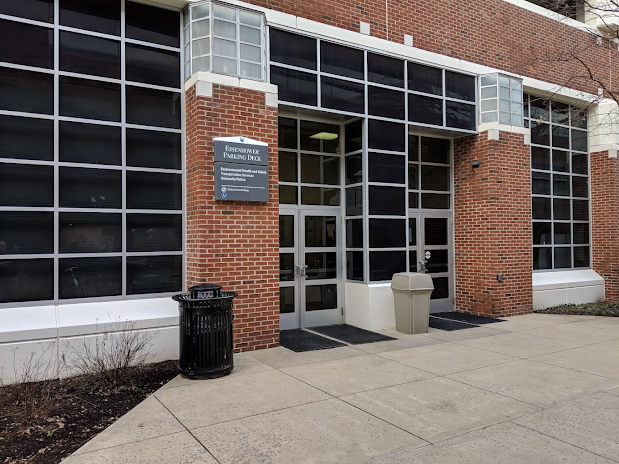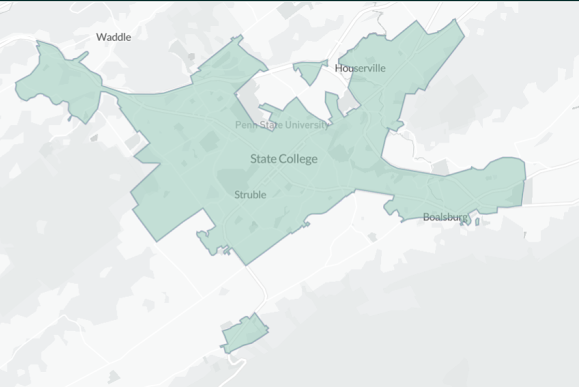College Communities
Written by Ethan Dean
The Penn State Transportation Services Office, located in Eisenhower Parking Deck. Photo from Penn State Transportation Services.
College campuses are some of the most urbanized places in the country, with ample housing where students live and buildings located right near food and downtowns. However, they still suffer from many of the same problems that America has with its transit, if to a lesser extent. In this post, we will briefly look at the structure of transportation design on campuses using our own Penn State as an example.
Penn State has a few different groups involved in transportation, but much of the general day-to-day transit is operated and run by the Office of the Physical Plant. This group manages roads, lights, and the broad infrastructure and layout of the university. They even have a master plan and other reports on the state of their infrastructure. I would recommend checking out this page to see who works here, what the projects are, and how the campus is divided. In some ways, this allows the university to act as its own municipal government. It does not pay state taxes after all. This allows it to do great things, like give good busing and dedicate entire groups to biking!
OPP does not work alone; they are partners with a few different groups at Penn State within the transportation umbrella. The Transportation Services main page gives some information but looking at the contact page shows that the Transportation Services Office (hilariously with the contact parking@psu.edu), the Fleet Office, and the Bike Den are the most prominent authorities. The Bike Den continues to provide amazing services, like electric bikes and repair stations, and is currently in the process with other parts of the university to develop and implement their master bike plan.
However, not everything is perfect. The University must cater to a wide variety of interests, meaning that often the interests of many, like the students and faculty, are not valued the same as those of other stakeholders. This is especially true when a university like Penn State must take into account the interests of more lucrative industries like sports or healthcare. Money is thrust into the parking infrastructure, and while spin bikes are great, there are only 300 of them compared to the 22,000 parking spaces on Penn State's campus. This quite aptly highlights the interests of Penn State, and we could do better. Other universities, like University of Michigan in Ann Arbor, are doing a great job managing a wide variety of interests and working with their community, where regulatory reform and the elimination of parking minimums has allowed for cheaper housing, fewer hurdles to the creation of new businesses, and more walkable, ecologically sustainable neighborhoods. Also, while the infrastructure for public transportation at Penn State is more cost effective and ecologically sustainable, other infrastructure is usually given priority.
With all this, I have some questions for you to ponder:
- What future changes would you like to see on college campuses?
- How can a college better integrate with its local town and use its power to strengthen the community?




Comments
Post a Comment